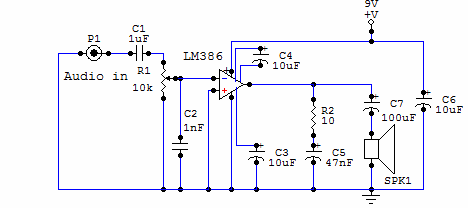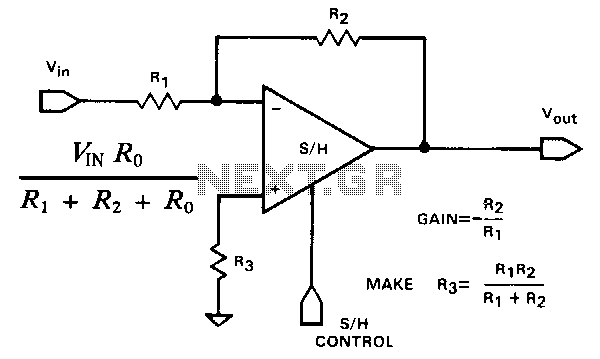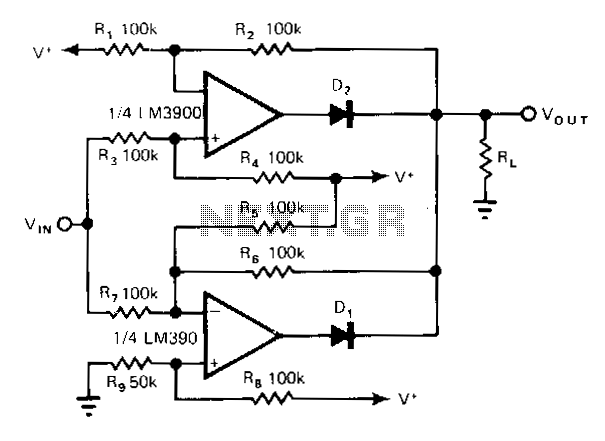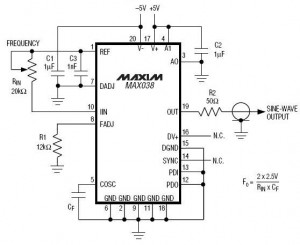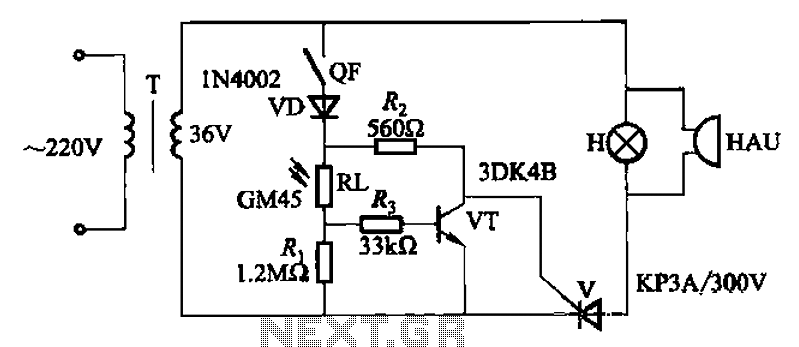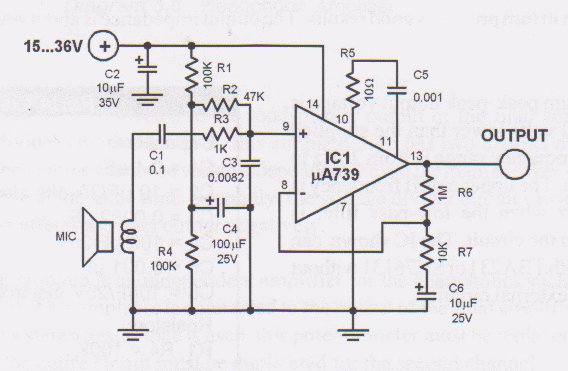
Norton high voltage inverting amplifier
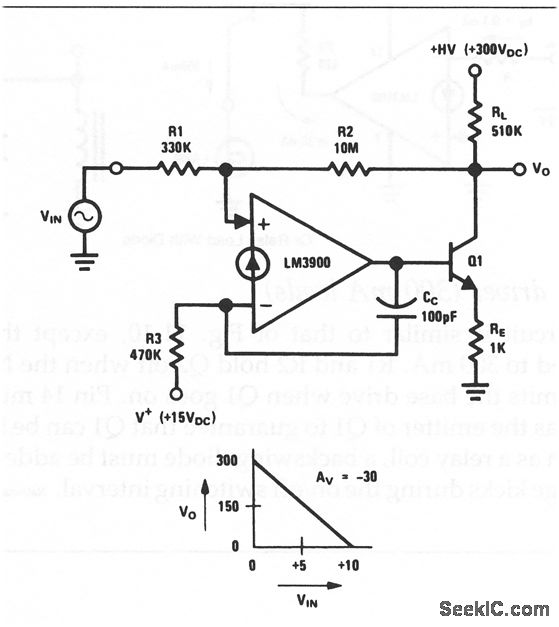
This circuit is an inverting amplifier with an output voltage swing from approximately 0 to +300 V. Any transistor can be utilized for Q1, as long as the breakdown voltage exceeds 300 V (since the full high voltage will be applied across Q1). The biasing resistor R3 is employed to center the transfer characteristic, while the gain is determined by the ratio of R2 to R1. The load resistor RL can be increased to decrease the high-voltage current drain, if necessary.
This circuit operates as a high-voltage inverting amplifier, capable of providing a significant voltage swing, which is essential in applications requiring precise control over high voltage outputs. The choice of transistor Q1 is critical; it must be rated for a breakdown voltage greater than 300 V to ensure reliable operation under the specified conditions. Suitable transistor options include high-voltage MOSFETs or BJTs that are capable of handling the required voltage levels without entering breakdown.
The gain of the amplifier is established by the resistor network formed by R1 and R2. Specifically, the gain can be expressed mathematically as -R2/R1, indicating that the output signal will be inverted in phase relative to the input. This negative gain is characteristic of inverting amplifiers, which can be advantageous in signal processing applications where phase inversion is required.
The biasing resistor R3 plays a vital role in stabilizing the amplifier's operation by centering the transfer characteristic, thus ensuring that the output remains linear over the desired range of input voltages. Proper selection of R3 is essential to maintain the desired operating point and minimize distortion in the output signal.
The load resistor RL can be adjusted to manage the current drain from the high-voltage supply. Increasing RL will reduce the current drawn from the power source, which can be beneficial in applications where power efficiency is a concern. However, care must be taken to ensure that the load does not exceed the output capability of the amplifier, which could lead to distortion or clipping of the output signal.
Overall, this inverting amplifier circuit is suitable for high-voltage applications where precise voltage control and efficient power management are required, making it a valuable component in a variety of electronic systems.This circuit is an inverting amplifier with an output voltage swing from essentially 0 to +300 V. Any transistor can be used for Q1, provided that the breakdown voltage is greater than 300 V (because the full high voltage will be applied across Q1). Biasing resistor R3 is used to center the transfer characteristic, and the gain is set by the ratio of R2/R1. Load RL can be increased to reduce the high-voltage current drain, if desired. 🔗 External reference
This circuit operates as a high-voltage inverting amplifier, capable of providing a significant voltage swing, which is essential in applications requiring precise control over high voltage outputs. The choice of transistor Q1 is critical; it must be rated for a breakdown voltage greater than 300 V to ensure reliable operation under the specified conditions. Suitable transistor options include high-voltage MOSFETs or BJTs that are capable of handling the required voltage levels without entering breakdown.
The gain of the amplifier is established by the resistor network formed by R1 and R2. Specifically, the gain can be expressed mathematically as -R2/R1, indicating that the output signal will be inverted in phase relative to the input. This negative gain is characteristic of inverting amplifiers, which can be advantageous in signal processing applications where phase inversion is required.
The biasing resistor R3 plays a vital role in stabilizing the amplifier's operation by centering the transfer characteristic, thus ensuring that the output remains linear over the desired range of input voltages. Proper selection of R3 is essential to maintain the desired operating point and minimize distortion in the output signal.
The load resistor RL can be adjusted to manage the current drain from the high-voltage supply. Increasing RL will reduce the current drawn from the power source, which can be beneficial in applications where power efficiency is a concern. However, care must be taken to ensure that the load does not exceed the output capability of the amplifier, which could lead to distortion or clipping of the output signal.
Overall, this inverting amplifier circuit is suitable for high-voltage applications where precise voltage control and efficient power management are required, making it a valuable component in a variety of electronic systems.This circuit is an inverting amplifier with an output voltage swing from essentially 0 to +300 V. Any transistor can be used for Q1, provided that the breakdown voltage is greater than 300 V (because the full high voltage will be applied across Q1). Biasing resistor R3 is used to center the transfer characteristic, and the gain is set by the ratio of R2/R1. Load RL can be increased to reduce the high-voltage current drain, if desired. 🔗 External reference
